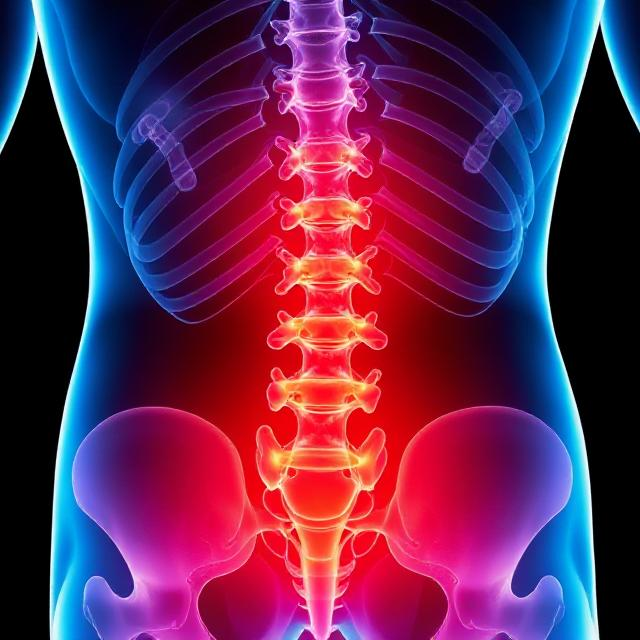Which Chiropractic Technique is best for me


The question “which Chiropractic technique is best for me”, before we answer this question let`s just understand what chiropractic care is and what are the different chiropractic techniques.
Chiropractic care, is categorized as a complementary and alternative medicine (CAM) field, concentrates on identifying and addressing mechanical issues within the musculoskeletal system, with a specific emphasis on the spine. Practitioners of chiropractic care, known as chiropractors, contend that these mechanical disorders can impact an individual’s overall health by influencing the nervous system. The fundamental principle of chiropractic care asserts that the body can self-heal when the spine and musculoskeletal system are appropriately aligned.
What is subluxation?
A subluxation is defined as the joint is misaligned and experienced lot of pressure due to daily activity. The intervertebral disc between the misaligned joint get inflamed and put pressure on the nerve exiting the joint, consequently causing a series of dis-ease (symptoms: pain, soreness, numbness, weakness) to the patient.
Types of chiropractic techniques
There are more than 100 types of chiropractic techniques invented and used by chiropractors globally, some of these techniques involves the application of a controlled rapid force while others may apply gentle force to manipulate a spinal joint. Different chiropractic techniques had different philosophy in patient recovery, the treatment process, and the origin of the pain. Some chiropractic techniques had different tools and setting at their workplace; however, all of the technique involve at least a chiropractic table where patients lied down, perform spinal examination and chiropractic treatment.
There are some of the common chiropractic techniques:
- Diversified Technique: This chiropractic method, widely practiced, employs manual adjustments to restore proper joint function and is commonly applied for various musculoskeletal issues.
- Activator Method: Using a handheld device called the Activator Adjusting Instrument, this technique delivers a gentle impulse force to the spine, serving as a low-force alternative to manual adjustments.
- Thompson Drop Technique: Involving a specialized table with adjustable sections, this technique includes slight drops to enhance the effectiveness of the adjustment.
- Flexion-Distraction Technique: Frequently employed for conditions like disc herniations, this method entails a gentle, rhythmic pumping action on the intervertebral disc rather than applying direct force.
The Gonstead technique is a special technique and had been used by many chiropractors globally, similarly it is utilised at Aligned Clinic. This technique is an approach targets a specific spinal area and incorporates a thorough examination of the spine with 5 specific diagnostic steps. The purpose is to identify the location of subluxation and the direction of the misaligned joint.
Visualisation: is the inspection of the whole spine by the chiropractor to identify any swelling and skin changes around spinal region and joints.
Instrumentation: is the utilisation of Nervoscope/Delta-T (an electronic device) that is use to draw along the patient`s spine by chiropractor, and detect the presence of spinal temperature difference. The presence of spinal temperature difference give chiropractor a clue that region is a potential subluxation which is contributing to patient`s discomfort.
Static and motion palpation: this step of examination requires the touching and feeling with fingers to assess the body tissue and spine segments in identify the motions of the joint and presence of swelling around the joint. Furthermore, these steps enable chiropractor to locate the exact location of subluxation and direction of the misaligned joint.
X-ray analysis: this step allow chiropractor to identify the risk of spinal adjustment for the patient, the location of misaligned joint and direction of the misaligned joint.
Ultimately, the Gonstead technique allow chiropractor to identify the roots causes of a patient`s condition and enable chiropractor to perform accurate, specific, and safe spinal adjustments for the patient.
My answer
To answer the question “which chiropractic technique is best for me” I choose to practice the Gonstead technique due to its distinct methods of evaluating and adjusting the spine. My aim is to deliver optimal chiropractic care to all my patients, facilitating their maximum recovery. This technique is valuable as it allows for the identification of the underlying causes of a patient’s condition, enabling chiropractors to offer personalized adjustments that target their individual requirements.



